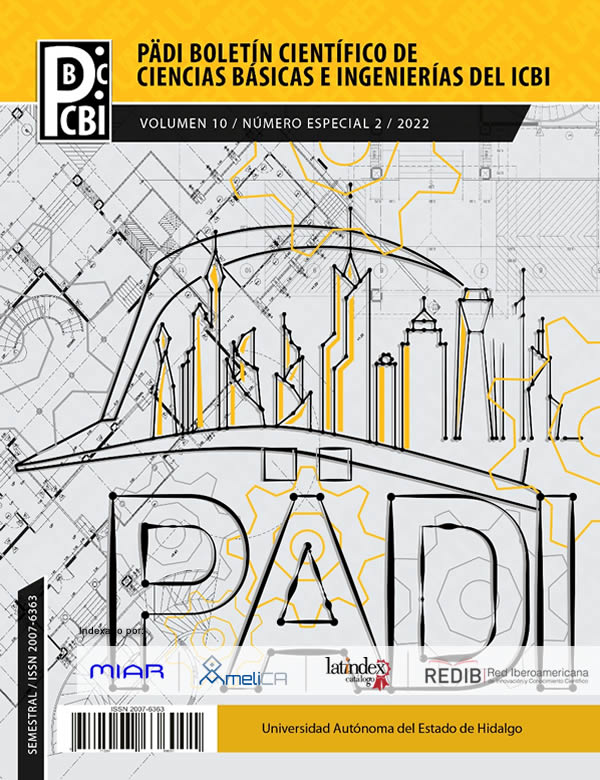Creation of Petri Nets from the business processes description using Python
Abstract
A Petri net (PN) is used for business process analysis (BP) purposes to later refine it and serve as the basis for the implementation of the real process. It is clear that to achieve this it is necessary to establish the activities, input requirements and outputs of the BP, which are defined in its description. Unlike other modeling tools, PNs have the advantage that they allow the representation of events by combining graphical visualization with an underlying mathematical notation.
A feature required by Petri nets is the ability to export PNs to other tools and to import them from other tools. The author has created an algorithm that converts the text of a business process description into a Petri net (import), it has been programmed in Python. This article describes the operation of the aforementioned algorithm.
Downloads
References
Gross, S., Stelzl, K., Grisold, T., Mendling, J., Röglinger, M., & vom Brocke, J. (2021). The Business Process Design Space for exploring process redesign alternatives. Business Process Management Journal.
Hamilton Scott. Maximizing your ERP system: a practical guide for managers. 2013 McGraw Hill. Cap. 3. Justificaction of ERP investments.
Lee, W. T., Ma, S. P., Lee, S. J., Law, P. J., & Chang, T. S. (2015, October). Extending the Multiple Domain Matrix by Using Business Process Model and Notation for Business Process Analysis. In 2015 IEEE 12th International Conference on e-Business Engineering (pp. 311-318). IEEE.
Sivaraman, E., & Kamath, M. (2002). On the use of Petri nets for business process modeling. In IIE Annual Conference. Proceedings (p. 1). Institute of Industrial and Systems Engineers (IISE)
Tian, Y, Du, Y, Li, M, Han, D, Hu, Q. Reduced alignment based on Petri nets. Concurrency Computat Pract Exper. 2018; 30:e4411. https://doi.org/10.1002/cpe.4411
Thal Brent, Olson Bill, Blessner Paul. A robust system maturity model for complex systems utilizing system readiness level and Petri nets. Diciembre 2018. Springer Link
Van der Aalst, W. M. (2015). Business process management as the “Killer App” for Petri nets. Software & Systems Modeling, 14(2), 685-691.
Van Hee, K. M., Sidorova, N., & van der Werf, J. M. (2013). Business process modeling using petri nets. In Transactions on Petri Nets and Other Models of Concurrency VII (pp. 116-161). Springer, Berlin, Heidelberg
Vejrazkova Z., Meshkat A. (2013) Translating DEMO Models into Petri Net. In: Barjis J., Gupta A., Meshkat A. (eds) Enterprise and Organizational Modeling and Simulation. EOMAS 2013. Lecture Notes in Business Information Processing, vol 153. Springer, Berlin, Heidelberg
Vergidis, K., Tiwari, A., & Majeed, B. (2007). Business process analysis and optimization: Beyond reengineering. IEEE Transactions on Systems, Man, and Cybernetics, Part C (Applications and Reviews), 38(1), 69-82.
Yao, Q., Zhang, J., & Wang, H. (2008, August). Business process-oriented software architecture for supporting business process change. In 2008 International Symposium on Electronic Commerce and Security (pp. 690-694). IEEE.
Zamora Elvira, Value Chain Analysis: A Brief Review (2016). Asian Journal of Innovation an Policy. 5.002:116-128













